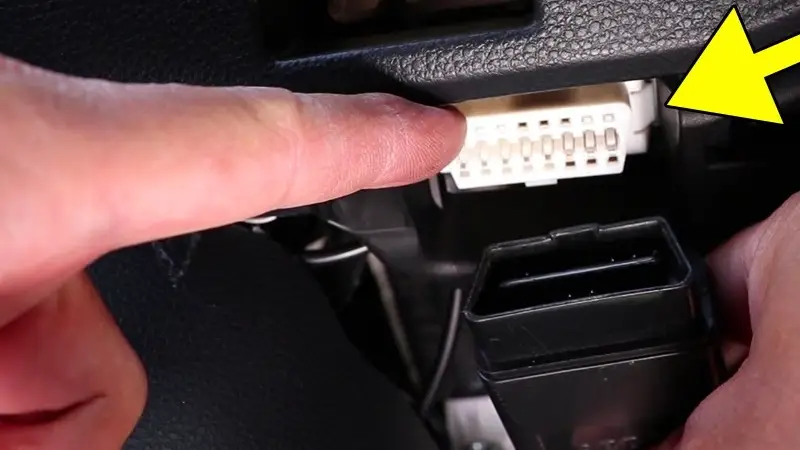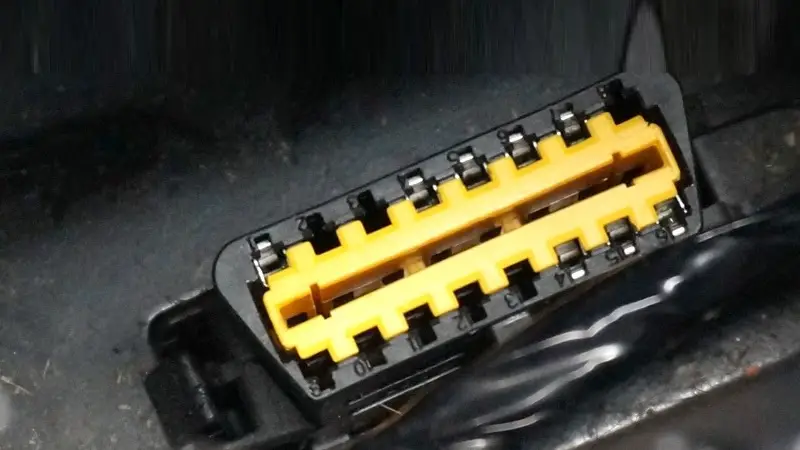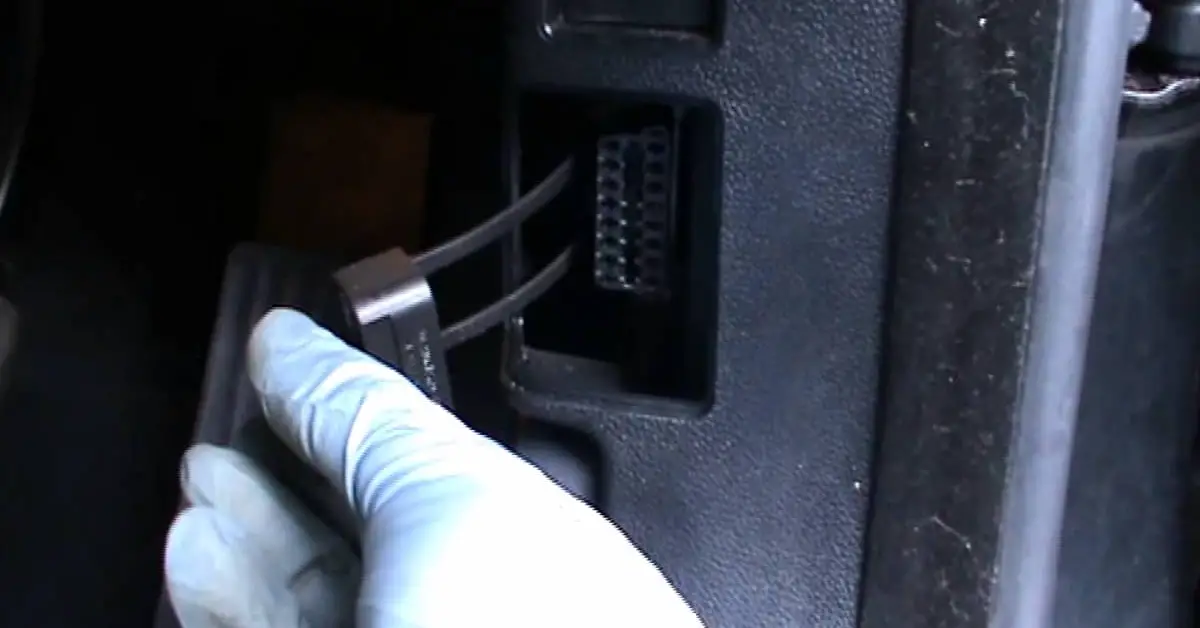Your car’s onboard diagnostics system is an indispensable part of the car unless you’re willing to pay for diagnostics and repair. It’s normal to hear some scary myths about thieves stealing your car with the OBD-II port, but how do you remove it from your car?
You can remove a device that connects to the OBD port by holding both sides of the connector firmly and pulling it hard very quickly. If you’re looking to remove the entire onboard diagnostics system, however, you probably shouldn’t, unless you have a special exemption from the government.
In this article, you’ll learn what the onboard diagnostics system on your car is and why you may not want to remove it. You’ll also learn some of the best ways to use an OBD2 port safely without any safety or security risks.
What’s the OBD on Your Car?

The OBD you keep seeing around stands for onboard diagnostics. Since cars currently use the second iteration of the OBD standard, you’re most likely to see OBD2 being mentioned more frequently than OBD.
As long as your vehicle was manufactured after January 1st, 1996, it uses an OBD2 system. However, if you use a truck with a diesel engine or a really old car, it may only have the OBD system or none at all. Unlike OBD2, OBDs weren’t obligatory in cars.
The OBD-II refers to the entire system of your vehicle that deals with reading the current condition of your car from the various sensors that collect performance information across different components in your car.
However, the OBD-II system is unable to communicate the results of its diagnostics to you directly. Therefore, it needs another device that will display and possibly interpret the error codes to a layman like you.
The devices you can use to connect to the OBD2 system on your vehicle are referred to as OBD2 scanners. When you connect them to your vehicle, they access your ECU’s memory to collect all the error codes to signify everything that has ever gone wrong with your car.
To help drivers make the most of the OBD2 ports that come with their cars, companies have started to create specialized devices to do much more than just display error codes. Today, some scanners will track your mileage, speed, location, and send that information to your insurer in exchange for lower rates.
While most people tend to want more than one OBD2 port, there are logical reasons why you may want to remove yours. Later in this article, I’ll clarify what it means to “remove your OBD,” and why that’s nearly impossible without you nuking your OCD.
Where Is Your Car’s OBD Port?
If you’ll eventually be removing your car’s OBD, you should know where the port is situated, at least. If you’re hearing of “OBD-II port” for the first time, you’ll likely think of something like the USB port on your computer, but you can’t be wronger.
It should help to know that different cars have different locations for their OBD ports. If you know how it looks exactly, finding it will be a breeze, as manufacturers don’t try to hide it. However, it’s not like the port will fly into your face as soon as you open your vehicle.
The OBD port looks have a rectangular look with 16 pins. It looks much bigger than you think, but you don’t expect a port in your phone to be the same size as one in your car, do you?
Now that you know exactly what you’re looking for, it’s quite easy to find. Manufacturers place them in different locations in the vehicle, but the common factor is that they’re always inside your car.
The first place to look is under your car’s dashboard on the side of the driver. Your OBD-II port is most likely to be here, and you may have to do some extra digging if it isn’t. Generally, it should be somewhere around your dashboard.
If you can’t find the OBD-II port after seeking it actively, you should try to confirm if your car was manufactured after 1996. If it was, then maybe you haven’t looked hard enough. It’s also important to note that diesel engines weren’t required to have OBD2 systems before 2008.
If your vehicle fulfills every requirement to have an OBD2 port but it doesn’t, maybe it doesn’t. There are specific cases when the manufacturer gets a special permit to exclude the port from their cars, and that’s when they have a built-in system that already performs everything that runs from the port.
If you have a post-2020 electric vehicle, there’s a pretty high chance that it won’t include an OBD-II port. However, it’s very unlikely that you’ll ever need one anyway, so you shouldn’t fret.
If your car doesn’t meet any of the conditions that grant it an exception, you can consult the owner’s manual that came with your car for further help. Alternatively, you can phone a support assistant or use an online OBD locator to find the specific location of the system in your vehicle.
How Do I Remove OBD from My Car?

If you’re only willing to disconnect a device that connects to the OBD port, the process is very straightforward. While it may sound dumb, it’s very normal for your OBD scanner to require a disproportionate amount of force when you’re trying to pull it out from the port.
As you may have guessed, the only thing you do to remove your OBD from your car is a little more courage. Holding the connect from both sides, pull it very quickly to yank off the scanner. Don’t mind any weird sounds, your OBD2 port is quite durable.
However, if you’re looking to remove the entire OBD-II connector from your vehicle, you should have a rethink. In most states in the US, it’s a legal requirement to have an onboard diagnostics system in your car, which is only available via OBD-II in most cars.
If you decide to carry on with the removal, it’s crucial to note that you’re potentially stirring up a disagreement with your insurance company and lowering the resale value of your car. Also, replacing your OBD system will cost you a lot, and you’ll be required to do that at some point.

